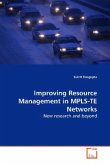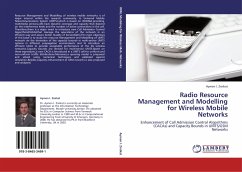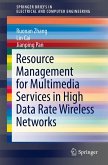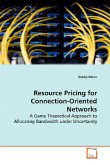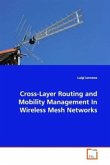This book is about the modeling and allocation of resources in next-generation wireless and mobile networks. It discusses a novel wireless ATM architecture to meet multimedia end-to-end quality-of-service (QoS) requirements. It also shows a hybrid model to capture any size of wireless TCP connections with un-TCP traffic. It shows how we can enhance TCP performance in cellular networks. To guarantee the connection-level QoS, i.e., minimizing the dropping rate of handoff calls, it describes an optimal scheme to accept new calls based on efficient dynamic channel reservation. To optimize the utilization of wireless bandwidth resources, it presents a practical method of determining the percentage of used radio channels. The effective delivery of multimedia traffic in next-generation cellular communication environments is important. It thus discusses a new multimedia call admission control mechanism based on the concept of dynamical reservation pool. This book will help readers to understand the important resource management issues in next-generation wireless networks.



